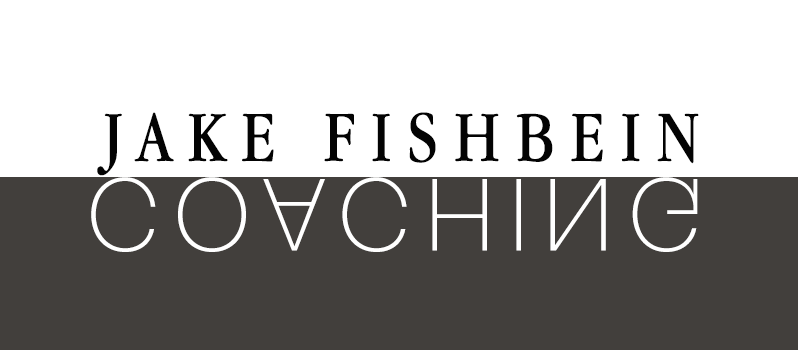The Men’s Group: Snippets #4 & #5
“And your group is going to somehow miraculous cure me of my,” Darcy paused to think of the word, “listlessness?”
“Cure? Only you can cure your own problems,” Pat [his best friend] replied. “This men’s group, though, it can give you the tools to get at it, man. There’s no need to wallow in that pain.” - The Men’s Group, Draft One (2017)
***
“Darcy, I’ve known you a long time,” Pat continued to talk slowly, as if he measured each word before speaking. Darcy listened, trying to absorb Pat’s words but struggling to tune out the cacophony in his mind. “We do talk about important things. You’ve been here for me when I needed you most. But man, why do we only talk about important things when life’s really bad? We don’t talk about what’s going on in our lives when life’s good. We don’t talk about the little things that bother us, the things that pile up day after day until forming that life of crap. We don’t share our thoughts with each other. I want that for us.” - The Mens’ Group, Draft One (2017)
My first real foray into personal development work (after going through The Artist’s Way in 2014) was in a series of workshops in 2015. It was my first time questioning the beliefs I had about myself and the world, and it disrupted so much of how I saw everything.
I also thought that since it helped me so much it had to be the answer for everyone. I saw the workshops as a cure: a one-stop-shop to help everyone notice what wasn’t working for them and make real changes.
The belief was not helpful or accurate. It strained some of my relationships and gave me a narrow-minded view of the different paths each person needs to take in their life. Everyone is different. Everyone learns differently and has different constraints in the way of their development. More than that, no single program, book, or conversation is a fix-it for anyone. Not only is no single model totally correct, but, ultimately, it’s up to each person to implement the changes they want to make in their life.
It’s up to each of us to take responsibility for our development and do something about it.
That said, in the almost six years that I’ve been in a men’s group and almost two years I’ve been facilitating The Arena Men’s Group with Coach Nick, I’ve seen the immense value of consistently showing up in a space that’s growth-focused and supportive. That’s what Pat is talking about in the quotes above. No group is a cure for anyone’s challenges. However, consistently putting yourself in a space to learn, be challenged, be supported, and have conversations you wouldn’t normally have is instrumental in supporting your growth and development.
Especially when it’s a group of men.
I love to tell a story about my best friend in college. We used to go to the campus deli every week during our four years at Kenyon. We knew each other super well, so we always knew when one of us was going through something challenging. Sometimes we talked about it, but most of the time, we’d look at the other and ask, “How’s life?” It was our message that we knew times were hard but that, at least for me, I didn’t know how to talk about it or feel comfortable opening up.
Men are not taught how to be vulnerable with other men. It’s why, in my experience, so many conversations among men turn to sports. It’s easy to be vulnerable about sports (something men, besides those on the field, have no control over) and show upset, frustration, joy, excitement, etc. It’s much harder to show those same emotions about the things men have direct influence and responsibility over. This isn’t to say sports don’t matter or aren’t an opportunity for people to connect. I love the Red Sox. They bring me so much joy. But what I really love about the Red Sox is that I get to share them with my dad, my uncle, and that best friend from college. That’s why I love baseball: because of the meaningful relationships created from it. Those are what matter to me. I’m not on the field. I have no control over what goes on there.
A men’s group is a space for men to connect with each other and talk about what’s beneath the surface, like Pat in the second quote. To go beyond their favorite teams and talk about what’s going on in their lives. To be self-expressed. To be honest. To step into the arena of their life rather than watch other men step into a literal arena. A men’s group is a place to be seen by one another and to see one another.
Consistently showing up in a space like this is what gives someone the tools and opportunities to develop. It’s not a cure, and it’s not the only solution. However, it does provide a unique environment to grow, practice, and evolve. Men support each other, and everyone in their lives, differently when they break through the unwritten and unspoken rules of masculinity. The rules are confining, a “man box” as many call them. They get in the way of self-expression, creating meaningful relationship, and making the largest impact possible. Joining a men’s group, seeing a therapist, or doing a workshop won’t fix that, but all of them can give you the opportunity and tools to, as Pat says, “get at” resolving your own challenges.

